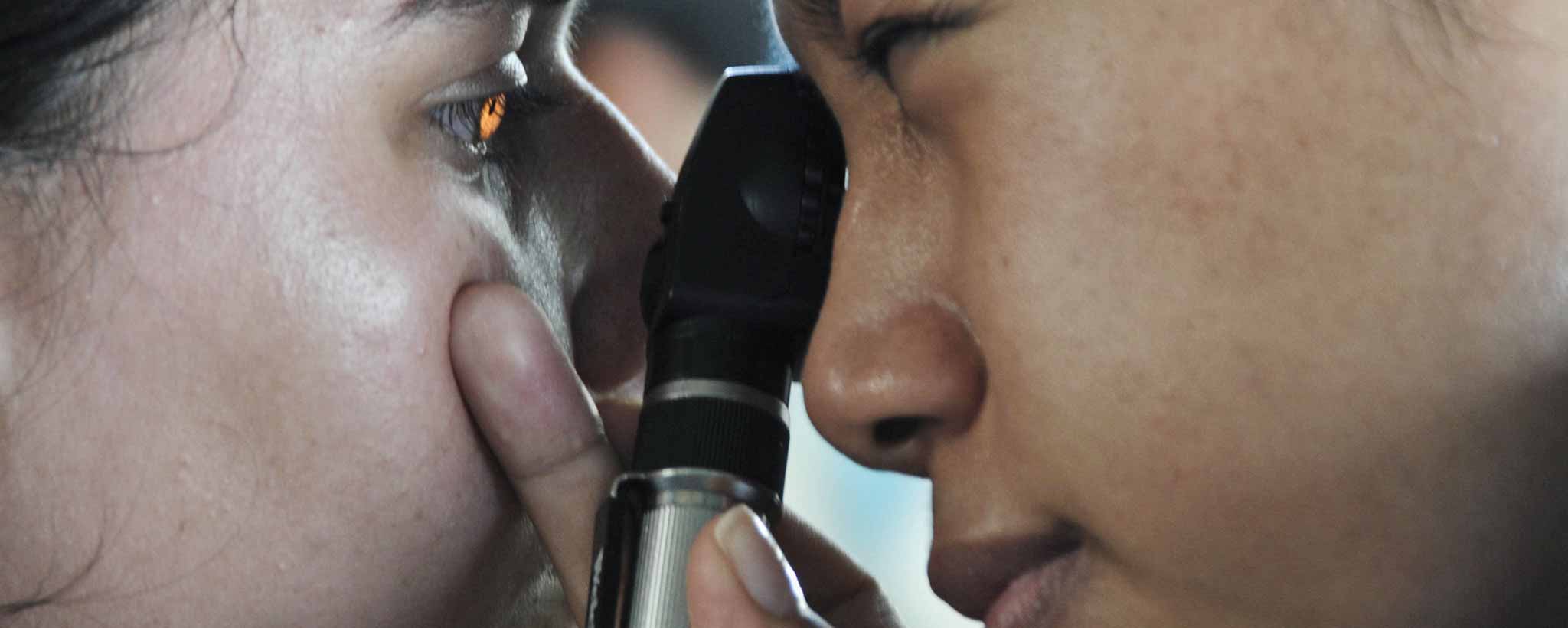Too much sitting can exacerbate hemorrhoids.
Itch, Bulge, and Secrete Discomfort
March is Colorectal Cancer Awareness Month
Between hemorrhoids, colorectal polyps, hernias, and colorectal cancer, the polyps are least likely to cause rectal discomfort. At the first sign of a problem down south, does your mind assume the worst? What are the common symptoms and how do they differ?
Hemorrhoids
Vein swelling causes hemorrhoids. Internal hemorrhoids often result in painless, bright red rectal bleeding when defecating. With external hemorrhoids, pain and swelling in the area of the anus is common. This vein swelling, in both cases, is more likely to occur between the ages of 45 to 65. Too much sitting or constipation can exacerbate hemorrhoids.

Perianal thrombosis man protude and block anus.
Thrombosed hemorrhoids occur when blood pools within an external hemorrhoid and forms a clot. With the tender, external nodule, you may not look forward to visiting the toilet. Flushable wipes can ease irritation.

The sensation ranges from unnoticeable to persistent sharp pain. If hemorrhoids are large enough to constrict elimination, your bowel movements can be difficult. The bulge of external hemorrhoids might feel as though you have not thoroughly wiped yourself after a toilet visit—which is possible. Thrombosed hemorrhoids resemble, but differ from, cysts that ooze.
Hemorrhoids can, on their own, leak blood for a few seconds or minutes to release pressure. You should not attempt to force this by poking or squeezing. By minimizing area stress, thrombosed hemorrhoids often resolve on their own.
Over-the-counter remedies can shrink hemorrhoids within a week or two. Warm baths with Epsom salt for 10 to 15 minutes two to three times a day are one of such remedies. Special anti-inflammatory creams with hydrocortisone can hasten healing.

Hemorrhoid remedies may include suppositories.
If you have bleeding, excessive pain, or you have hemorrhoids that do not improve after reasonable home care, contact your doctor who may refer you to a gastroenterology specialist. A hemerrhoidectomy may be necessary.
Anal Warts

Anal warts (condyloma acuminata) are caused by the human papillomavirus (HPV), the most common sexually transmitted disease (STD). The warts affect the area around and inside the anus, but may also develop on the skin of the genital area. They first appear as tiny spots or growths, often as small as a pinhead, but can multiply into clusters and increase the chances of cancer if left untreated.
Colorectal Polyps
Nearly everyone gets colorectal polyps. These are most often benign growths along the intestinal tract. A gastroenterologist usually lops them off during a routine colonoscopy. Rarely, polyps can become cancerous.
Perineal Hernia
A perineal hernia is the protrusion of intra-abdominal contents through a defect in the pelvic floor. It may contain a small bowel, large bowel, bladder, uterus, and omentum. A major cause is perineal surgery without adequate reconstruction.
In some cases, reconstruction is difficult in surgeries to remove the coccyx and distal sacrum. Excessive straining during defecation can also cause a perineal hernia. Other causes include prostate or urinary disease, constipation, and diarrhea.
Colorectal Cancer
Let’s be honest. This is the most common concern when you are wiping yourself and feel a lump. But colorectal cancer is internal. Screening using colonoscopy at 10-year intervals usually begins at age 50 unless family history suggests to your doctor more frequently.
A cancerous growth can manifest anywhere along the intestinal tract. Symptoms include blood in the stool, changes in bowel movements, weight loss, and feeling tired all the time. Ribbonlike stools suggest the presence of bowel obstructions. Depending on the findings, you may come under the care of an oncologist or gastroenterologist.
Anal Cancer
Significantly more rare than colon cancer, anal cancer can be a byproduct of HPV or anal warts. It is indicated by the presence of external lump(s) and bleeding. Seek immediate medical diagnosis and care if this is a concern. You may be referred to an oncologist.
Similar disorders can have distinct characteristics that a gastroenterology professional notices. The statistically common cause of anal lumps, barring risky behavior or preexisting conditions, is hemorrhoids. A persistent thrombosed hemorrhoid can be excised by a gastroenterologist.
To support the writing of scholarly articles about gastroenterology, ClinicalPosters sells human anatomy charts, scientific posters, and other products online. You may sponsor specific articles or remit a small donation.
ClinicalPosters sells human anatomy charts, scientific posters, and other products online to offset expense of the writing useful articles about gastroenterology. Slide extra posters into DeuPair Frames without removing from the wall.
Show your support by donating, shopping for ClinicalPins, or leaving an encouraging comment to keep the research going.
To support the writing of useful articles about gastroenterology, ClinicalPosters sells human anatomy charts, scientific posters, and other products online. You may sponsor specific articles or remit a small donation.
ClinicalPosters sells human anatomy charts, scientific posters, and other products online to offset expense of the writing useful articles about gastroenterology. Slide extra posters into DeuPair Frames without removing from the wall.
ClinicalPosters sells human anatomy charts, scientific posters, and other products online. You may remit a small donation.
You can support the writing of useful articles about gastroenterology by sponsoring specific articles or remitting a small donation. Visible content is optimized for device size.







 Romance & Health Intertwine. Fall in love with a captivating romance miniseries that explores the essence of well-being. Become a ClinicalNovellas library member for heartwarming tales.
Romance & Health Intertwine. Fall in love with a captivating romance miniseries that explores the essence of well-being. Become a ClinicalNovellas library member for heartwarming tales.




